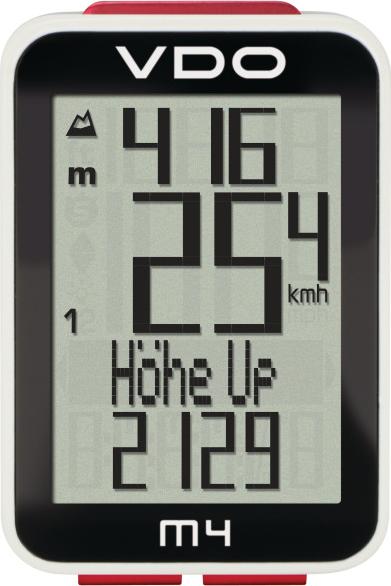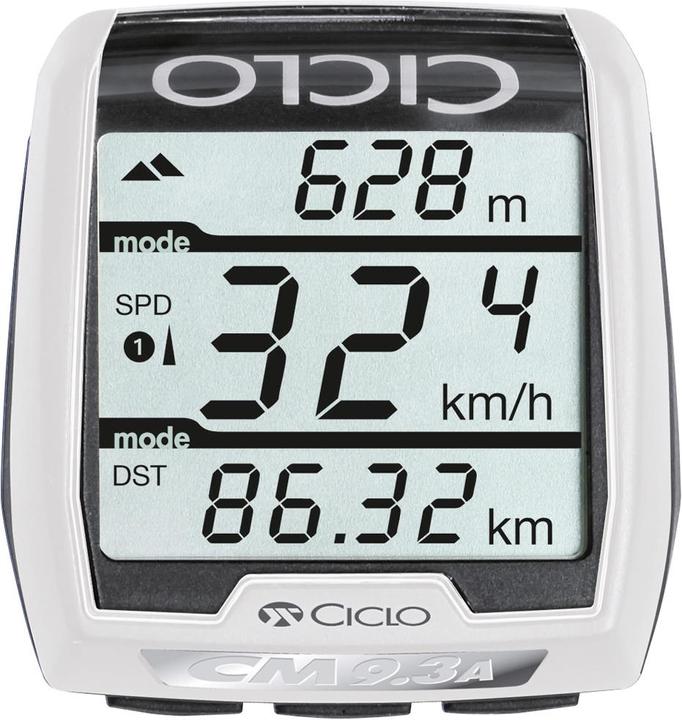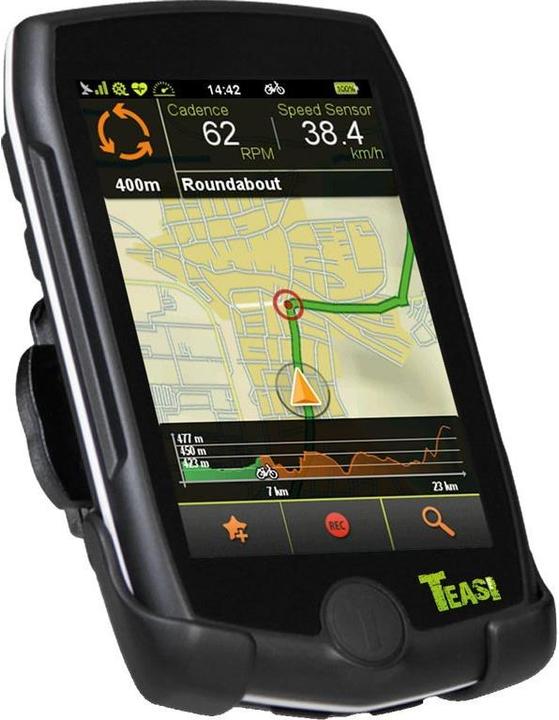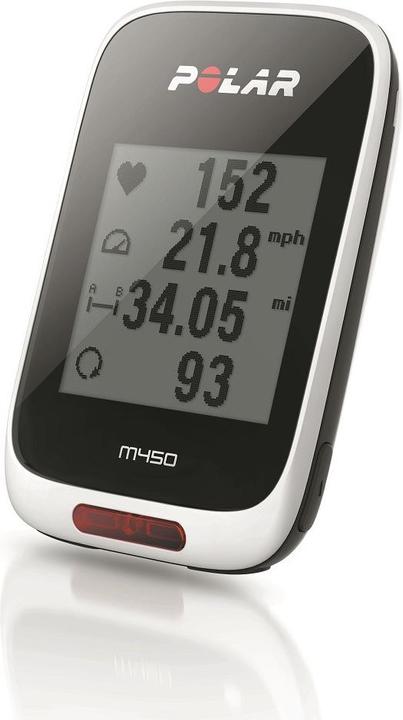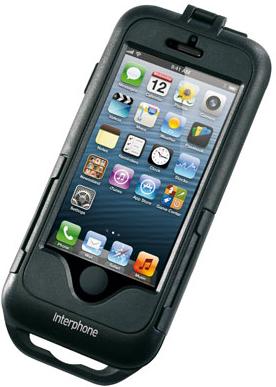
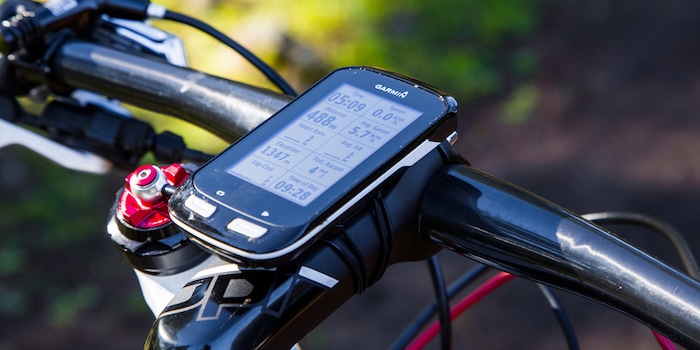
Stay in the saddle with our bike computers
If you want to measure your performance during your cycling outings, a bike computer can be very useful in providing you with revealing data and statistics.
In principle, a distinction is made between bike computers without GPS and those with. Those without mainly provide you with essential basic information about your route, are simple to use, fairly light, affordable and have a relatively long battery life. Models with GPS function display your position, as well as your routes, but often cost a little more and their battery life - if you use GPS - is shorter.
1. Bike computers without GPS
Simple bike computers (mostly without GPS) display mostly basic information, such as ride time, speed and distance travelled. More advanced models also measure temperature, altitude and gradient, which is of particular interest to mountain bikers and cycle racers.
Below is a small selection from our extensive range of cycling computers. The Sigma BC 5.12 is the ideal entry-level model, as it has all the basic functions. The BC 14.12 also has 5 altimeter functions and offers excellent value for money. The VDO bike computer has already received several positive evaluations in tests and is ideal for ambitious cyclists. It measures height, gradient and temperature, and is compact, lightweight and easy to use. In addition to these features, the CM 9.3 A Plus is also equipped with a cadence monitor and PC evaluation, and comes with a chest belt for measuring heart rate.
2. Bike computers with GPS
With GPS bike computers, the tedious action of taking out and putting away the map has come to an end. GPS navigation devices
show you where you are and where you need to continue. What's more, cycling computers are also digital guides on which you can download outings. There are online portals for this (gpstracks.com, outdooractive.com, runtastic.com), which allow you to share your rides and download those of other users. At Strava, you can also measure yourself against other mountain bikers - even stars like world mountain bike champion Nino Schurter. world champion Nino Schurter. However, Strava is not compatible with all bike computers.
The Garmin Edge 1000 is a true all-rounder among GPS computers! The top-of-the-range bike computer offers state-of-the-art technology and impresses with a 3-inch colour display, 8GB of memory, numerous online functions and an integrated topographical map of Switzerland. Among other things, it measures altitude, cadence, speed and heart rate via the chest belt. Thanks to Strava Live and GarminConnect, you can share your position and training data with other mountain bikers, and send/receive your own and other people's routes.
There are also some very well-equipped GPS bike computers for smaller budgets. The Edge 520 has a smaller screen than the 1000 and is best suited to cycle racers, as it isn't compatible with TOPO Switzerland, for example. The Navi Pro from Teasi is an affordable basic model, with map and navigation. The Polar M450 HR includes a chest strap for measuring heart rate and is ideal for varied and intensive training. As the cycling computer is not equipped with a navigation system resp. maps, you can only evaluate your routes after the ride, on the PC.

When he tested the Ghost SL AMR LC 6 on the Uetliberg, our CEO Florian Teuteberg recorded his ride on Strava and Runtastic. You can check out the route and his times here:
3. The mobile phone as a bike computer
You can of course also use your smartphone as a cycling computer thanks to GPS apps, such as 3D Outdoor Guides, Upmove GPS or iBiker. With a simple smartphone mount, you can easily attach your laptop to the handlebars.
See all bike mounts for your smartphone
Interesting facts about products, behind-the-scenes looks at manufacturers and deep-dives on interesting people.
Show all
